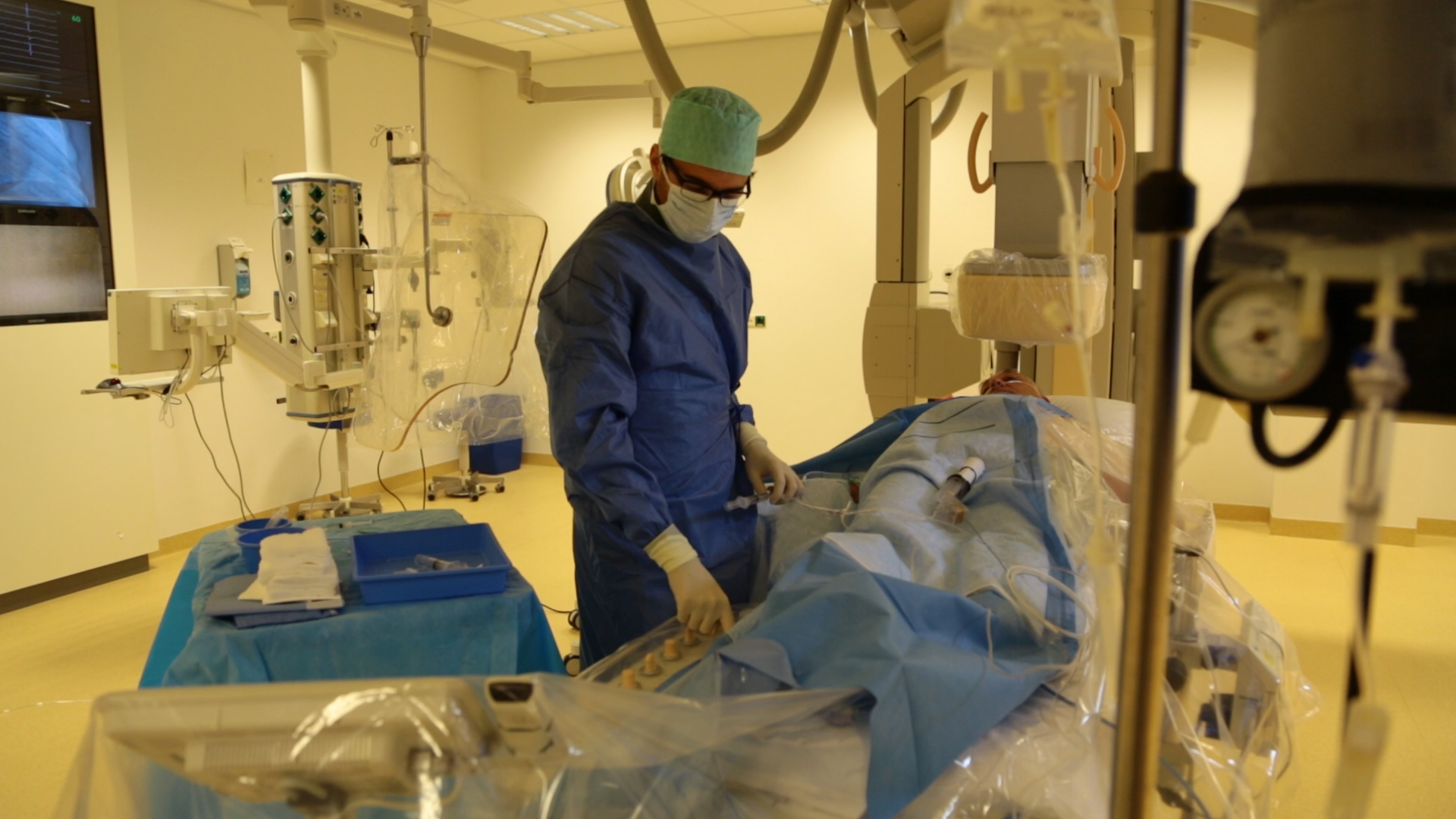Getting To The Heart Of The Matter
Time. For patients suffering from an Acute Myocardial Infarction (AMI) — a heart attack — it’s quite literally a matter of life or death. To minimize damage to the heart and open life-threatening blockages, patients are often treated immediately by inflating a balloon in the affected artery to restore blood flow. The ability to accurately monitor a patient’s time from the second he or she enters the hospital to intervention is critical; keeping that time as low as possible results in more positive outcomes.
According to the American Heart Association, heart disease remains the number one cause of death globally, causing 17.3 million fatalities annually. In an effort to evaluate and improve ischemic time in its own AMI patients, Leiden University Medical Center’s (LUMC) Cardiology Department established a door-to-balloon (DTB) task force. Evaluating its predominately manual process fraught with inaccuracies and missing data, the task force understood that in order to reduce this crucial treatment timeframe, real-time, accurate time tracking, evaluation, and feedback is essential to gain meaningful insights and make process improvements.
A Pivotal Pilot
With a proven track-record in asset tracking solutions, LUMC asked Zebra Technologies to help them design and deploy a multi-faceted Internet of Things (IoT)  Time Tracking Solution to automate their previously manual documentation process. The goal was to allow all members of a patient’s caregiving team — cardiologists, ED physicians, nurses, EMS staff, technicians, and administrators — to have the visibility necessary to focus on reducing DTB times. The non-invasive, easy to install solution does not require IT support or significant training or staff to run. It consists of four components: Bluetooth Smart patient wristbands, tablet displays, a Zatar Cloud and existing connected devices.
Time Tracking Solution to automate their previously manual documentation process. The goal was to allow all members of a patient’s caregiving team — cardiologists, ED physicians, nurses, EMS staff, technicians, and administrators — to have the visibility necessary to focus on reducing DTB times. The non-invasive, easy to install solution does not require IT support or significant training or staff to run. It consists of four components: Bluetooth Smart patient wristbands, tablet displays, a Zatar Cloud and existing connected devices.
Here’s how it works:
- An AMI patient receives a unique Smart wristband with a sensor that gets monitored throughout the patient’s treatment.
- Door-to-Balloon time begins when the patient arrives at the hospital door.
- Mounted tablet displays automatically and accurately register patient time to a fraction of a second; the cardiologist can register needle time to balloon inflation time delivering complete end-to-end visibility to the entire process.
- The patient care team receives real-time feedback via the tablet displays showing green, orange or red to indicate and alert to the patient time performance.
- A dashboard overview shows overall performance statistics as well as current patient detections.
In August, the hospital’s six-month, 100-patient pilot review of the solution ended and has moved into full deployment for all of its AMI patients. The visibility provided by this technology has given clinicians unparalleled ability to focus on the patient, optimize their procedures and make entrance through intervention time as fast and efficient as possible. Through reliable, real-time feedback gathered automatically by the IoT-enabled wristbands, clinicians at LUMC have been able to optimize the logistics chain in acute myocardial infarction care. The solution virtually eliminates human error, measuring patient transport times precisely along their path to treatment and immediately after.
Visibility Improves Performance And Outcomes
When time-to-treatment is most critical, this innovative, pioneering time tracking technology will allow hospitals across the world to focus on providing greater patient attention and care. It delivers the precise data needed to improve staff performance and patient outcomes in urgent, time-sensitive use cases like AMI but also others such as Door-to-Needle (DTN) time in response to acute ischemic stroke. The possibilities and benefits of IoT time tracking are limitless.
About The Author
Adebayo Onigbanjo is a strategic and technical marketing leader in the technology industry. He has more than 15 years of successful experience in product and solutions marketing in telecommunication, AIDC, locationing, mobile, and the Internet of Things space. As Director of Marketing for Zebra Technologies’ New Growth Platforms Team he is responsible for bringing advanced Internet of Things solutions to customers through its Zatar platform. By applying new technologies to solve traditional problems in manufacturing, retail, healthcare and transports and logistics, organizations are able to truly understand the value proposition IoT brings for transforming operations and creating new and compelling customer experiences. For more information, visit www.zatar.com.
